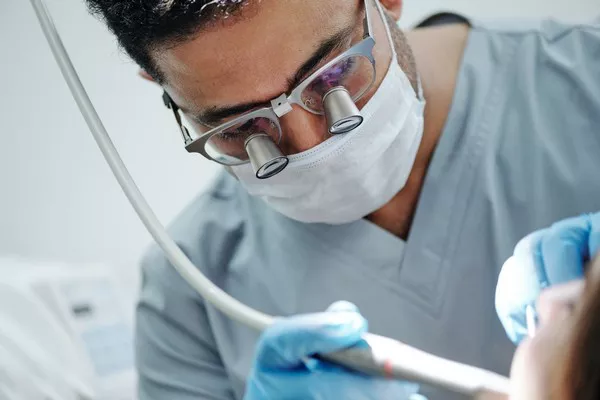A radiant, white smile is often considered a sign of good oral health and aesthetic appeal. However, many individuals suffer from the problem of yellow teeth, which can be both concerning and embarrassing. Understanding the causes behind this discoloration is crucial for implementing effective preventive measures and seeking appropriate treatment. In this article, we will explore the various factors that contribute to yellowing teeth, ranging from lifestyle choices to natural aging processes.
Natural Tooth Color and Enamel Thickness
The color of our teeth is influenced by several factors, including the natural shade of dentin—the layer beneath the tooth enamel—and the thickness of the enamel itself. While dentin can range in color from yellow to gray, it is normally not visible because it is covered by the translucent enamel. Thinner enamel or certain genetic factors can allow the yellow hue of dentin to show through more prominently, leading to discolored teeth.
Aging and Dentin Darkening
As we age, our teeth naturally undergo changes due to the gradual thinning of enamel and the accumulation of staining substances over time. As a result, the yellowish dentin becomes more visible, causing teeth to appear yellow or dull. This age-related yellowing process is a natural occurrence and affects almost everyone to some degree.
Dietary Habits
Certain dietary habits can significantly impact the color of our teeth. Consuming foods and beverages with intense pigmentation—such as coffee, tea, red wine, cola, berries, and sauces—can leave stains on the enamel surface. These chromogens, or color-producing molecules, are attracted to the micro-pores in tooth enamel and can gradually cause discoloration over time. Additionally, acidic foods and drinks can erode the enamel, making it more susceptible to staining.
Tobacco Use
Tobacco products, including cigarettes and chewing tobacco, contain numerous harmful chemicals that not only pose serious health risks but also contribute to yellowing teeth. The tar and nicotine found in tobacco smoke can penetrate the enamel and form stubborn stains that are difficult to remove. Prolonged use of tobacco can result in significant tooth discoloration and a persistent yellow or brown appearance.
Poor Oral Hygiene
Inadequate oral hygiene practices can lead to the buildup of plaque—a sticky film containing bacteria—on the teeth. Over time, plaque hardens into tartar, which is yellowish in color and cannot be removed through regular brushing alone. Tartar buildup not only contributes to tooth decay and gum disease but also causes visible yellowing and discoloration of the teeth.
Medications and Medical Conditions
Certain medications, such as tetracycline antibiotics and antihistamines, can cause tooth discoloration, especially when taken during dental development in childhood. Additionally, medical conditions like enamel hypoplasia (underdeveloped enamel), dentinogenesis imperfecta (abnormal dentin formation), and certain liver diseases can affect the color of teeth, leading to yellow or discolored appearances.
Trauma and Tooth Decay
Physical trauma or injury to a tooth can disrupt its internal structure and damage the blood supply, leading to discoloration over time. Similarly, tooth decay caused by poor oral hygiene practices or bacterial infections can result in yellowish or brownish discoloration of affected teeth. Prompt treatment and restoration procedures can help prevent further discoloration and restore the tooth’s natural appearance.
Conclusion
Yellowing teeth can significantly impact one’s confidence and self-esteem. Understanding the various causes behind tooth discoloration is essential for implementing preventive measures and seeking appropriate treatment when necessary. While factors like natural aging, dietary habits, tobacco use, poor oral hygiene, medications, medical conditions, trauma, and decay can contribute to yellow teeth, it’s important to remember that effective remedies and professional dental treatments are available to address these concerns. Maintaining good oral hygiene practices, making healthy dietary choices, and seeking regular dental check-ups can help prevent and manage tooth discoloration, allowing for a brighter, more confident smile.
Related Topics:
































